Volkswagen’s Beetle is both enshrined in the pantheon of automotive greats and cemented in world history. Its engine is equally impressive.
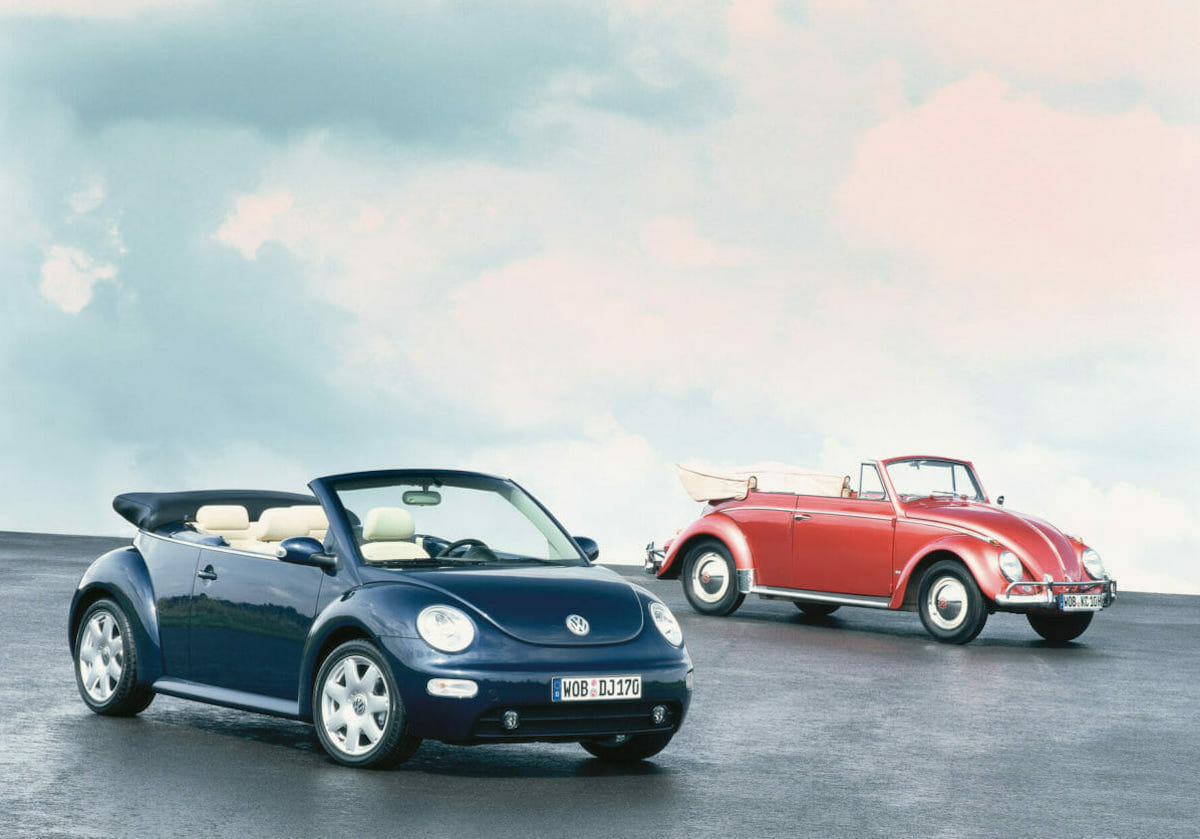
Its instantly recognizable design is only slightly more ingrained in pop-culture than the sound of the VW Bug engine. It’s the Beetle or the Bug, the names are interchangeable. It’s the car that has defined Volkswagen on and off for nearly a century.
The development of the Beetle dates all the way back to pre-war Germany and a prolific and innovative engineer, Ferdinand Porsche – yes, that Porsche. The design brief prioritized simplicity, value, and ease of mass production.
The use of an air-cooled engine is ideal; it doesn’t require a water pump, radiator, and all the other accessories to keep water flowing around the engine and to and from the front of the car.
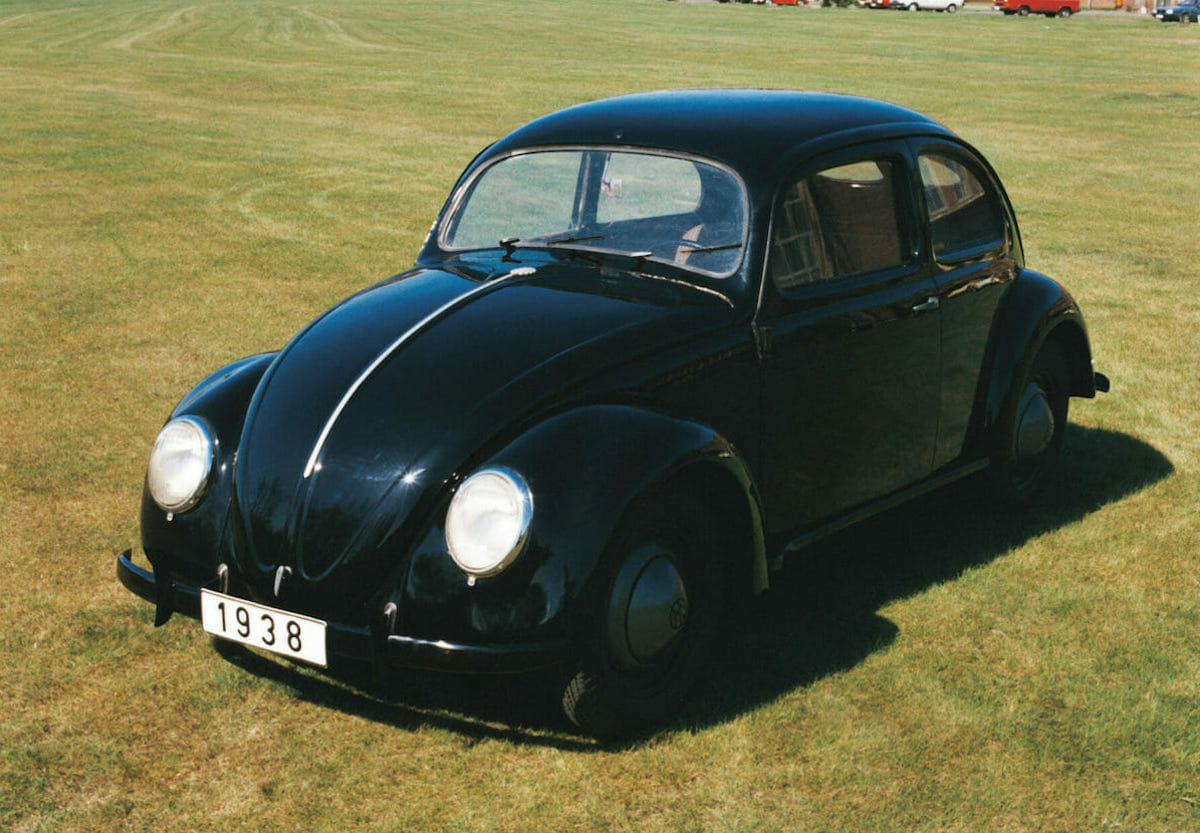
Meet the Beetle: A Brief History
Every Beetle story needs to start by addressing the elephant in the room. Yes, the Beetle’s origin story has to include a mention of the Nazi party of the 1930s. But, to dispel the urban legend, Hitler didn’t design the Beetle himself. Mass production of the Beetle didn’t even start until after WWII, and that was under the management of the British Trusteeship.
The answer to who designed and engineered the Beetle still isn’t exactly straightforward. The common belief is the engineering was largely done by Ferdinand Porsche. He had begun working on a small economical “people’s car,” the Type 12, for Zündapp in 1931.
However, patents for a dome-shaped, rear-engine car were filed in 1925 by Béla Barényi, an Austro-Hungarian automotive engineer. At the time, Barényi’s claims were dismissed, but in 1955 a court found in his favor and his contributions to the original Beetle were legally, and financially, acknowledged.
That wasn’t the end of the Beetle design controversy. While the early 1930s saw trends toward streamlining cars for aerodynamics, several vehicles from Czechoslovakian builder Tatra, seem to have influenced the styling of the Beetle. The Tatra T97 designed by Hans Ledwinka bears more than a passing resemblance to the Beetle. The timeline of the design of the T97 and Beetle overlap and even Ferdinand Porsche admitted that he and Ludwinka inspired each other’s work.
It is clear that Porsche had started working a small, rear-engine car at least as early as 1931. The work on the Type 12 would eventually lead to the Type 1, which would later be known as the Beetle. The Type 12 from Zündapp did have some differences, it was designed to use an air-cooled radial five-cylinder, although Porsche wanted the flat-four.
In Porsche’s opinion, the packaging efficiency and inherent balance of the engine was ideal for the Type 1. A flat-four would eventually be one of the defining characteristics of early Volkswagen.
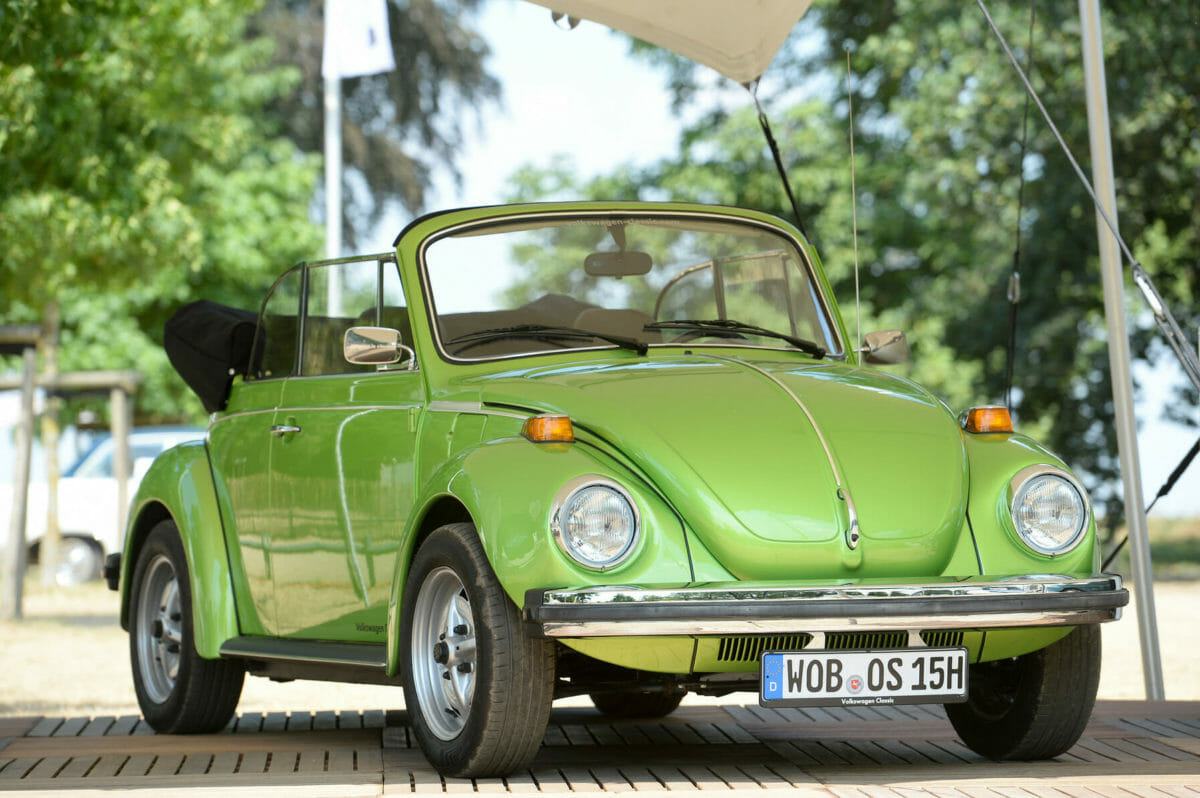
The Round Car with a Flat Engine
For anyone designing an economy car, a small displacement engine is an obvious choice, but using the horizontally opposed, or flat, layout wasn’t. Flat engines use a crankshaft located at the center of the crankcase, also referred to as the engine block, with banks of opposed pistons arranged 180-degrees from each other.
The Volkswagen Bug engine is a type of flat engine called a boxer, meaning opposed pairs of pistons move either in or out from the crankshaft at the same time. The equal and opposing forces make the boxer’s engine perfectly balanced in both primary and secondary vibrations.
The Beetle uses a two-part crankcase cast in Magnesium alloy, which was considered exotic at the time. Most manufacturers were, and many still are, using cast iron for engine blocks. Magnesium was chosen for its strength-to-weight ratio; the overall weight of the car was imperative in getting the required performance and efficiency. Remember, Germany basically invented the modern highway system by building beautifully smooth Autobahns webbed throughout the country.
The Bug’s crankshaft is forged steel to handle the stress of running at high rpm all day. The finned cylinder barrels are individual and designed to be easily replaced if needed. Each side of the engine shares a single aluminum head.
In early cars, the two cylinders shared a centralized intake port, while the head’s exhaust ports faced either the front or back of the car.
All air-cooled Beetle engines use pushrods with a single camshaft positioned below the crankshaft. The pushrods themselves are hollow and used to get oil out to the heads, the oil is returned through pushrod tubes, visible below the cylinders from the underside of the car.
With the exception of a few, very limited, special-production cars, Beetles came equipped with a single downdraft carburetor until 1975. By the mid-70s, emissions regulations and the desire for better fuel economy led to a switch to fuel injection and the addition of a catalytic convertor.
Although usually maligned as performance robbing equipment, the cars with fuel injection and catalytic converters were the most powerful air-cooled Beetles sold in the United States.
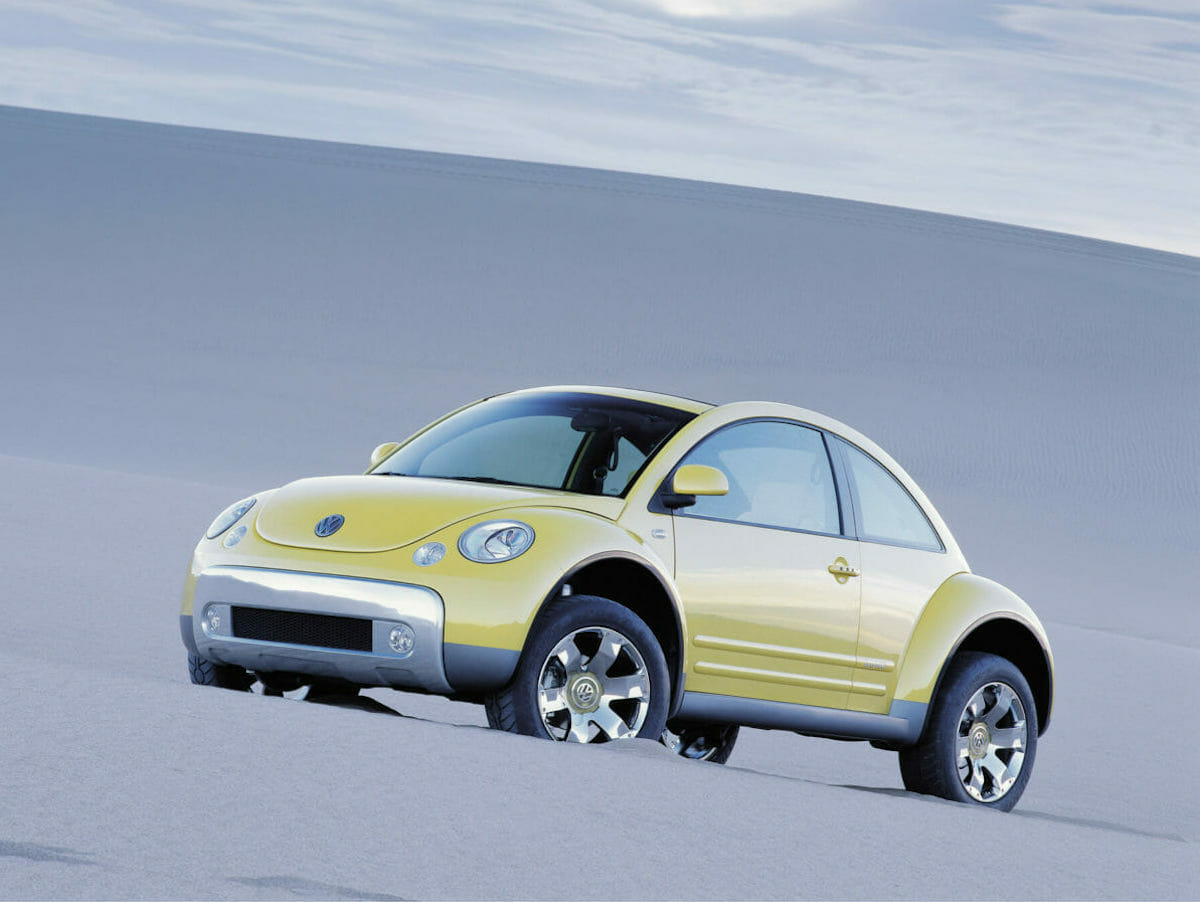
Is the Volkswagen Bug Engine Reliable?
In a word, maybe. The very youngest version of an air-cooled VW Beetle built for the United States is over four decades old. Very few of these cars are unmodified and even those that appear stock will have been disassembled and reassembled with varying levels of competence.
Driving a classic car requires the owner to reset their expectations. While a brand-new economy car is meant to last a couple of hundred thousand miles with just a few expensive and time-consuming dealer visits, a Bug was designed to have quick and low-cost every few months when driven daily.
Modern cars can go 10,000-miles without an oil change; some can go ten times that on not much more than a set of spark plugs. Your air-cooled Bug engine is going to need its oil changed every 3,000-miles, and you might want to check the plugs while you’re in there. And since you’re there, give those ignition points a look, and you might want to do a valve adjustment every other oil change.
It is nearly impossible to lump all Beetles into a single category and make one over-arching judgment. We can however look at what makes a reliable Bug engine. Beetles were meant to be driven regularly. Cars that sit for long periods of time will likely have leaks of all sorts, from door and window seals to gaskets in the engine compartment. If you want to own a classic car, it should be because you want to drive a classic car.
These were normal, everyday vehicles that average people drove. Current owners are almost certainly enthusiasts – that is a blessing and a curse. If you aren’t in high school, don’t build a car to a blueprint of a teenage fantasy. Big displacement engines, aggressive camshafts, cars without heaters. All the things that turn Bugs into hotrods generally trade performance for drivability and reliability.
Look for quality parts. Obviously, finding factory replacement parts is nearly impossible at this point, but with the Beetle’s immortal popularity, parts are still manufactured by third-party manufacturers all over the world. Some are as good as factory, some are decidedly not. Cutting corners and buying cheap parts will likely end up costing you time and money down the road.
So yes, a VW Bug engine can be reliable. As long as you realize reliability on a car anywhere from 40 to 75 years old is not the same as a brand-new car.
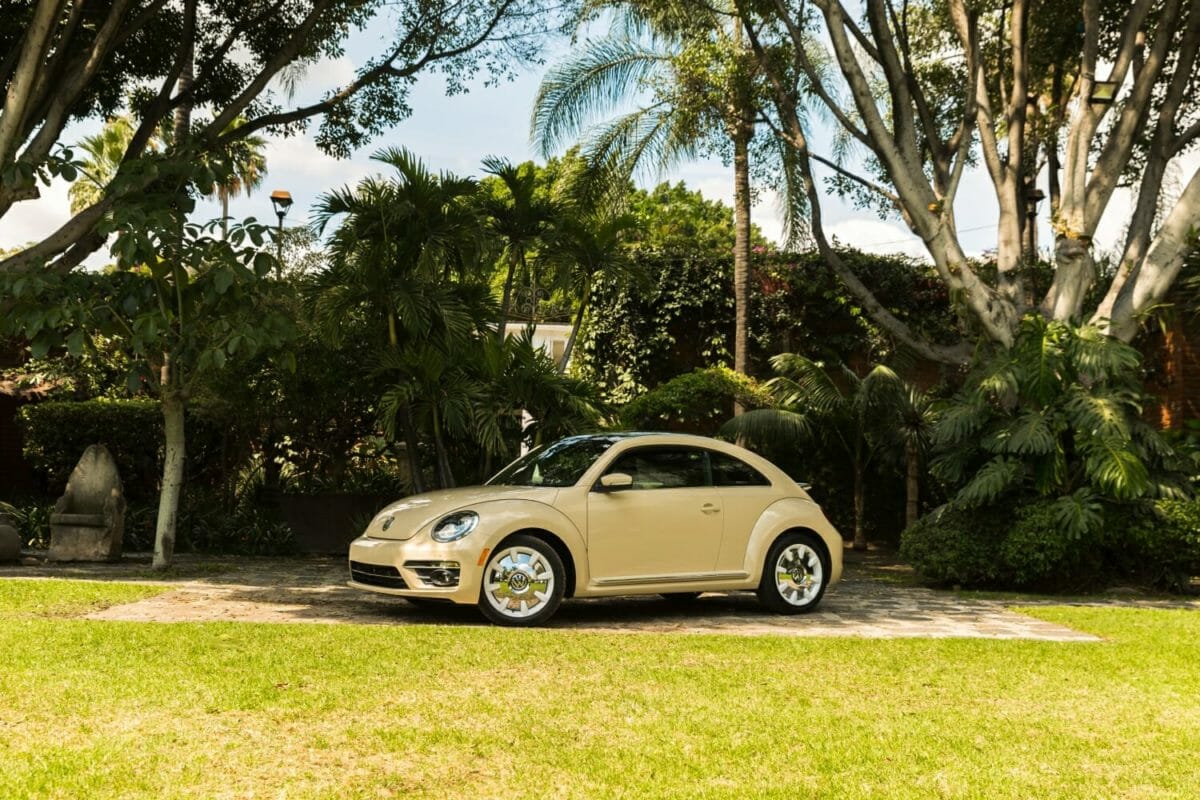
Volkswagen Bug Engines in Recent History
Although the air-cooled Bug left America in 1979, the Beetle name wasn’t gone forever. In 1998, Volkswagen created a second Beetle-mania with the launch of the New Beetle. It was nothing more than an MK4 Golf dressed up in retro-nostalgic styling, but for several years it brought the bug, and the Volkswagen brand, back into modern zeitgeist.
The front-engine, front-wheel-drive New Beetle launched with VW’s water-cooled, 2.0-liter eight-valve inline four-cylinder that was the company’s bread and butter engine at the time.
Performance-wise it was, adequate. However, for 1999 Volkswagen added the 1.8T as an optional engine to the Beetle lineup. The 150hp turbocharged four-cylinder gave the New Beetle the performance necessary to go head-to-head with other hot-hatch rivals at the time.
When the New Beetle was refreshed in 2006, the 2.5L inline five-cylinder was the only engine choice. The Beetle was again saddled with an engine providing performance that was merely good enough. The 2.5L New Beetle soldiered on until 2010.
For 2011, the Beetle was redesigned, again. Still, front-wheel drive and still water-cooled, this time the styling was much more aggressive, VW even referred to it as masculine.
The standard engine was still the 2.5L inline-five, but at launch, the 200hp turbocharged direct-injection 2.0L I4 was also available. These engines were strong, efficient, and easily modified for higher performance. They did have some reliability problems in the form of high-pressure fuel pump failures and carbon build-up on the intake valves. That Beetle was on sale in the United States until 2019.
Will the Next VW Bug Have an Engine?
Absence makes the heart grow fonder. And Volkswagen is hoping that’s true when it comes to the Beetle and its fans. Volkswagen is in the midst of an electric vehicle renaissance and it would seem that an electrified Beetle would make perfect sense.
The automaker has introduced its ID.4 electric vehicle to the U.S. market with a predictable, but slightly boring CUV body. The crossover is definitely the hot commodity in the American market, so it makes total sense to introduce new technology in the most popular package.
The modularity of VW’s MEB platform makes it conceivable that once the public gets accustomed to the idea of EVs, that a new Bug might in the cards. The base-level ID.4 has a rear-mounted 201 horsepower electric motor. Although electric, the next Beetle could very likely return to its roots as a rear-wheel-drive, “rear-engine” car.
Volkswagen has already teased the possibility of cars like the Meyers Manx-inspired ID.Buggy, so it is clear that retro-inspired design is still front of mind. The next Beetle–maybe an ID.Beetle?–could be just the fun and affordable package needed to bring young buyers to the brand again.
Photos: Volkswagen
